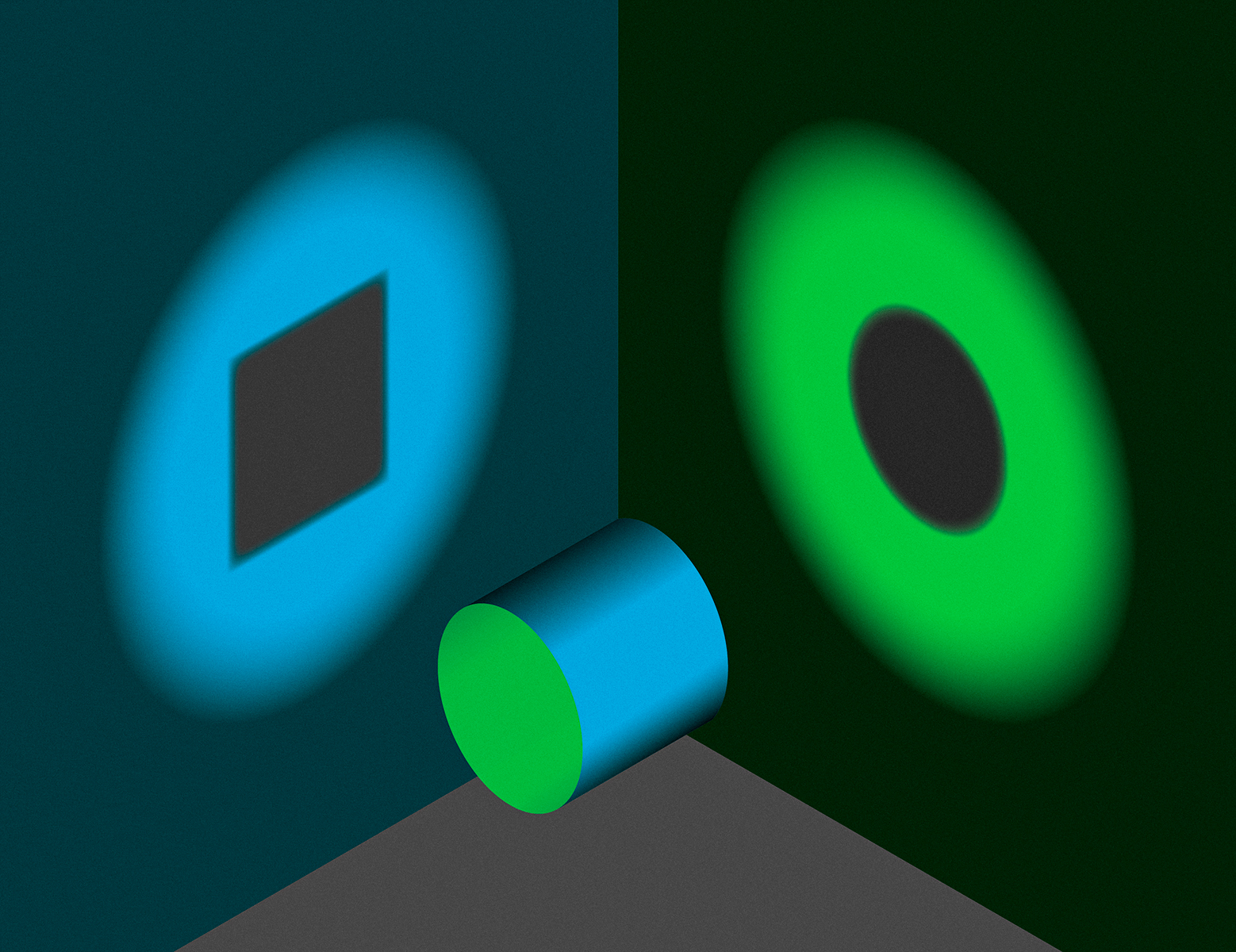
Cooperation, the thing we need most to solve big problems in the world, is being collapsed by the thing that promised to connect us and bring us closer together: social media. The problem is that social connection isn’t actually the business model—“engagement” is.
Social media platforms (TikTok, Instagram, Snapchat, Twitter, and more) make choices to show us—the users—content that is most “engaging.” Unfortunately, what is most engaging isn’t always aligned with what we value. What gets the most engagement—follows, shares, and comments—are the fights, takedowns, and proverbial car crashes we can’t take our eyes from.
Seeing more divisive content pushes us further into polarized ways of thinking on every topic—which spills over into our offline lives and makes cooperation a taller and taller task.
Yet today’s world requires unprecedented levels of coordination and cooperation to meet unprecedented challenges. Whether it is climate change, reducing crime, or how to harness and keep humanity safe in increasingly AI-driven realities, our most pressing problems depend upon a shared reality.
In the image above, if we focus from one angle, the 3D cylinder’s shadow looks like a 2D square—but if you look from the other angle, the cylinder’s shadow looks like a 2D circle. People standing on either side might fight back and forth, yelling more and more loudly at each other over which 2D shape is “true,” increasingly convinced that the other side is wrong. Meanwhile, they would be missing the higher-dimensional cylinder, which requires synthesizing multiple perspectives.
Today’s social media is designed in a way that rewards us for arguing in 2D about 3D issues—seeing the world in squares and circles.
Narrowly framed debates about circles and squares don’t actually resolve our 3D problems. Take the issue of climate change: 2D squares/circles ask, “Is climate change really an existential risk or overblown media hype?” While the 3D-cylinder perspective question remains: “What trade-offs do we collectively want between economic growth, energy needs, global security, and emissions required for that growth?”
Additionally, the classic social media debate between free speech and censorship is a circle/square debate. Should platforms allow free speech? Or should platforms moderate content to keep users safe? Which is right: the circle or the square? Or can we ask a 3D-cylinder question: What kind of information ecosystem design and incentives will reward the most good-faith marketplace of ideas? For example, for all the talk of Twitter as a “public square,” there is a big difference between the speech rewarded if that public square is designed like a Roman Colosseum that incentivizes violence and chaos, compared with the speech rewarded by a Quaker meeting that incentivizes reflection.
Cylindrical perspectives allow for nuance and promote a synthesis of ideas—not merely consensus or tyranny of the masses, but a merging of ideas into a Venn diagram of agreement.
By taking a cylinder view, we learn that we actually can discuss complex topics and reach cooperative solutions required in democratic societies.
Technology is made up of design choices. Engagement as a business model produced choices that have gotten us into the 2D situation we’re in. But we can make new design choices. Software is malleable. We can rebuild existing technology and design new ones with a more humane philosophy that strengthens our capacities for synthesis and cooperation. Rather than fall into the trap of 2D debates on this issue of free speech vs. content moderation, we can take a collaborative 3D perspective. Change won’t be easy, but the cooperation we need to tackle all of our other existential challenges is at stake.
Harris is co-founder of the Center for Humane Technology and co-host of the podcast Your Undivided Attention
More Must-Reads from TIME
- Cybersecurity Experts Are Sounding the Alarm on DOGE
- Meet the 2025 Women of the Year
- The Harsh Truth About Disability Inclusion
- Why Do More Young Adults Have Cancer?
- Colman Domingo Leads With Radical Love
- How to Get Better at Doing Things Alone
- Michelle Zauner Stares Down the Darkness
Contact us at letters@time.com